Geoscience Reference
In-Depth Information
character
cause
deformation style
layer-parallel to bedding
no deformed and crushed grains
flakes of clay minerals are concentrated
along the boundary
increase of
pore-fluid pressure
by burial
independent
particulate flow
Type 1-1
oblique to bedding
no deformed and crushed grains
flakes of clay minerals are distributed
pervasively in the dark bands
horizontal tectonic
compression
during accretion
flexural-slip
faults
(thrust sense)
Type 1-2
under submarine landslide
ductile deformation similar to an S-C'
structure
slide planes of
submarine landslides
Type 2
submarine landslides
horizontal tectonic
compression
during accretion
dislocation bedding
inside grains are strongly sheared
thrust faults
with Riedel shears
Type 3
Type 1-1
Type 1-2
bedding plane (sandstone)
host siltstone
ca. 1 mm
ca. 1 km
Type 2
Type 3
rapid loading
bedding plane (sandstone)
bedding plane
horizontal
tectonic
compression
host siltstone
ca. 1 mm
ca. 1 mm
Fig. 6
Classification and formation mechanisms of the dark bands on Boso Peninsula (After
Michiguchi and Ogawa (
2011
)). Type 1-1 was formed by an increase of pore pressure resulting
from low permeability or liquefaction caused by earthquake shaking during deposition. This
causes independent particulate flow. Type 1-2 corresponds to a flexural-slip fault where, under the
extreme compression of accretion, frictional sliding on the fault is replaced by cataclastic defor-
mation. Type 2 is formed under normal consolidation conditions in the slip plane of a submarine
landslide. Type 3 occurs when, under the extreme compression associated with accretion, the
frictional sliding on a thrust fault is converted to cataclastic deformation





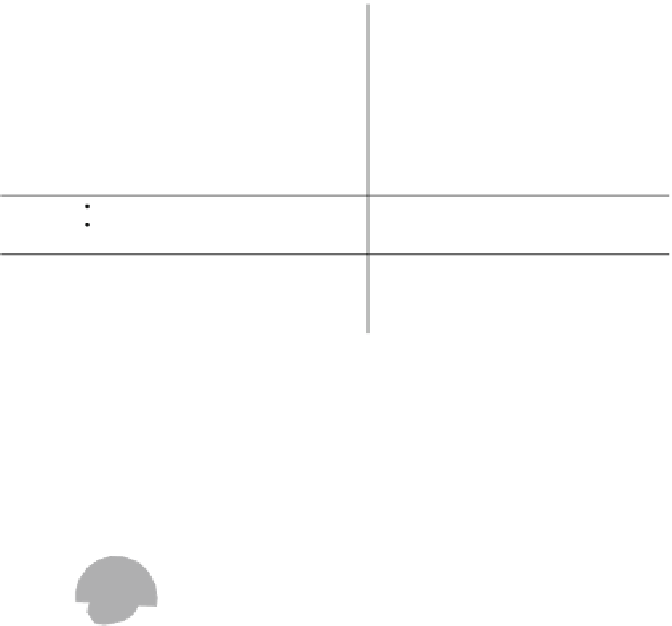



































































































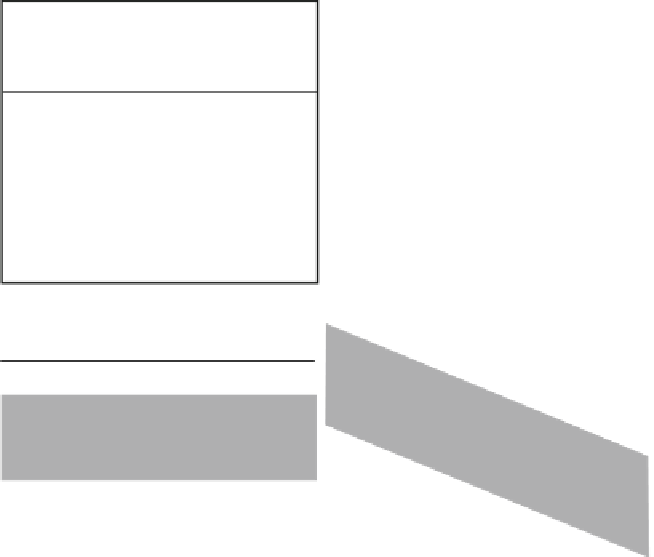























































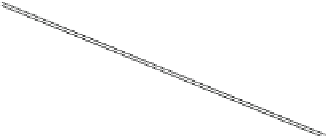













































































































































































































































































































































































































































































































































































































































































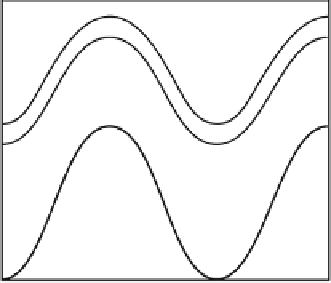







































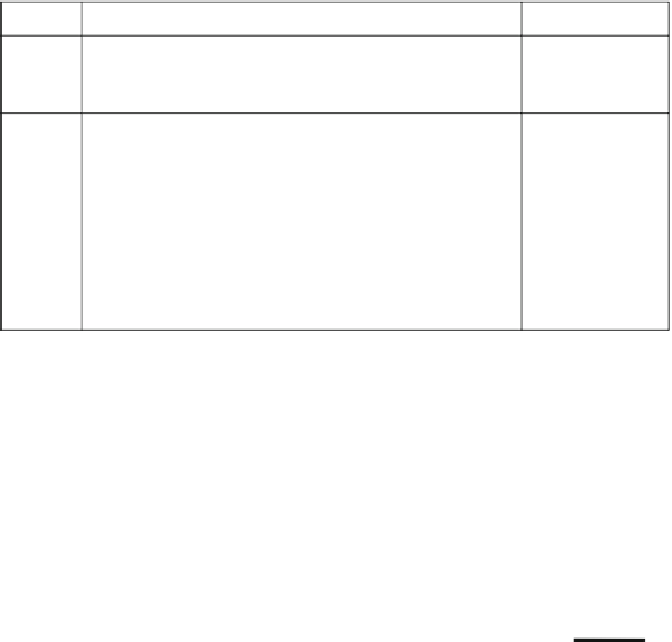



Search WWH ::

Custom Search